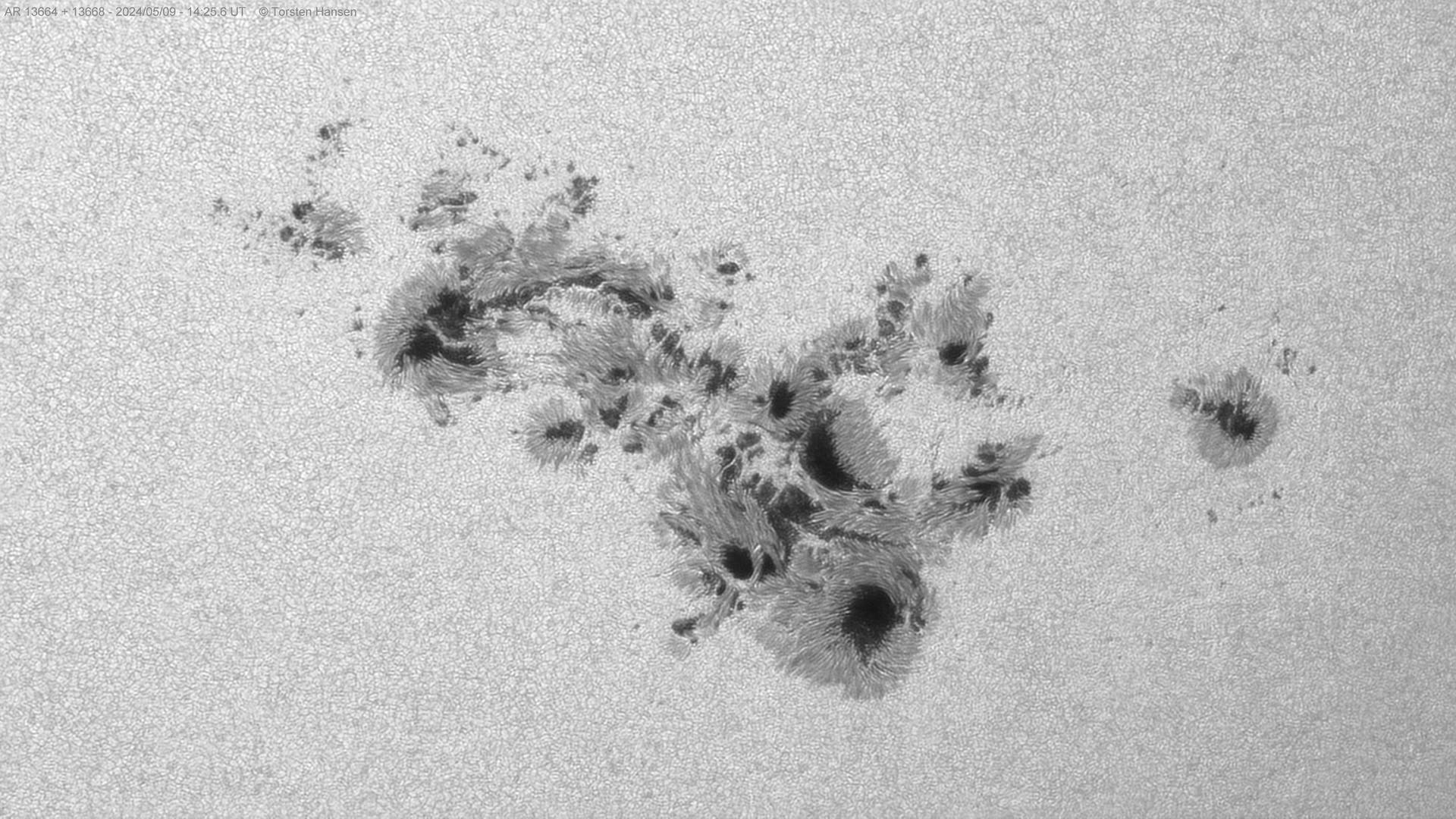Jülich (dpa/lnw) – With measurement flights over Europe and the North Pacific, scientists want to investigate the influence of the Asian monsoon on the climate of the Earth’s northern hemisphere. To do this, experts from the Johannes Gutenberg University in Mainz, the Max Planck Institute for Chemistry in Mainz and the Jülich Research Center are working within a larger group of researchers to look at the composition of air masses at an altitude of up to 15 degrees. Kilometers.
For the “Phelius” project, a plane will ascend to the lower stratosphere from Oberpfaffenhofen in Bavaria and from Anchorage in the US state of Alaska until October. Measurements there focus, among other things, on small particles transported thousands of kilometres.
Roughly speaking, large monsoon thunderstorm systems and special high-altitude currents in the summer months ensure that polluted air masses from Southeast Asia are pushed upward and reach Europe. There is massive transport of greenhouse gases and aerosols as mixtures of suspended particles. The head of the Aircraft Measurements Group at the Institute of Atmospheric Physics at the University of Mainz, Peter Hoare, explained that the monsoon acts like a giant vacuum cleaner or an elevator.
The measurements also look at the presence of pollutants such as carbon monoxide, methane and ethane in the stratosphere. Hoor explained that a lot of methane is produced in rice cultivation in the Far East, which is a very good indicator of monsoon air. In addition, aerosols containing ammonium nitrate have been detected in previous measurements in the stratosphere. “This was new,” said Franziska Kölner of the Institute for Atmospheric Physics in Mainz. Previously, such concentrations of ammonium nitrate were only observed in layers close to the ground. Ammonia and nitrogen oxides are largely due to agricultural operations and other emissions in the Indian subcontinent.
“The radiative forcing of aerosols at this altitude is still largely unknown,” Kollner said. There is evidence that they act as a screen and block solar radiation, that is, they have a cooling effect on the Earth, which is the opposite effect to that of water vapor. So aerosol particles can also have an effect on cloud formation, which in turn can have a warming effect at that altitude, so it’s a complex interaction.
As a side effect, the measurements should also provide information about how wildfires in Canada affect the composition of the stratosphere. Such fires could also spread aerosols and pollution up to twelve kilometers high, which is comparable in principle to the effect of the Asian monsoon. Hour explained that the project is not about the effects on weather that can be felt directly on the ground – that is, it is not about cloud formation or rainfall, but rather about long-term climate change.
© dpa-infocom, dpa:230930-99-389383/2

“Alcohol buff. Troublemaker. Introvert. Student. Social media lover. Web ninja. Bacon fan. Reader.”







More Stories
Large Sunspot Cluster AR 13664 – Science Spectrum
The science behind the ‘three body problem’ – so you can have an opinion too
Chat about research with scientists in bars and cafes